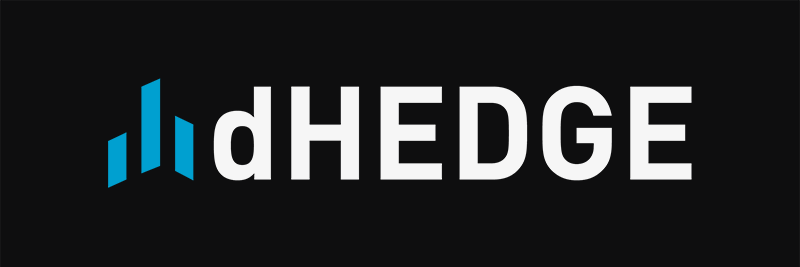In this blog post, the goal of the Uber Pool was outlined. On a quarterly basis the bottom 10% of the Uber Pool (on a Score basis) is liquidated and the proceeds are reinvested into dTOP. A portion of the proceeds can also be paid as rewards to stakers.
Ahead of the last vote, it was proposed and voted on that instead of distributing sUSD, dTOP was to be distributed.
There is currently a community proposal to distribute part in sUSD instead of all in dTOP.
For this quarterly vote, I think we should include a third option, namely DHT. DHT could be bought from the market through a buyback and distributed to stakers, similar to how Sushi distributes rewards. Personally I believe both dTOP and DHT align stronger with the dHEDGE protocol than sUSD does. Stakers are in either case free to liquidate any dTOP or DHT rewards into sUSD should they wish to.
Finally, talking about how much of the rebalancing (10%) should be distributed (ie 0%, 25% or 50%) can be confusing. I propose we instead vote on how much of the Uber Pool should be distributed, 0%, 2.5% or 5%.

